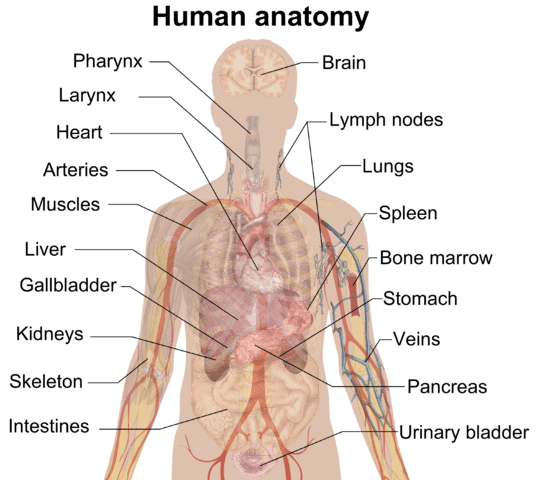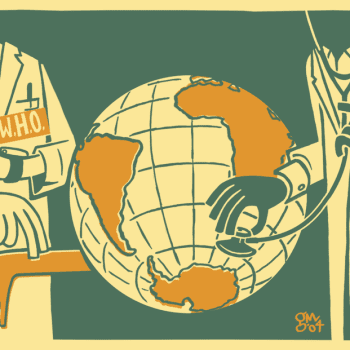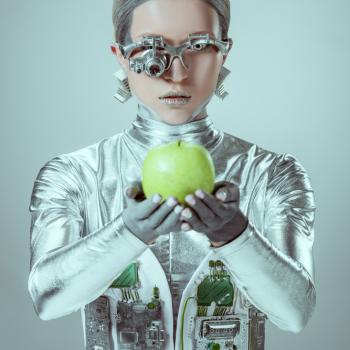Scientists have discovered a new organ in the body. In fact, it is the largest organ in the body: the interstitium. This is tissue containing liquid-filled spaces that exists between the major organs, functioning in part as shock absorber protecting the organs. The interstitium fluid empties into the lymph nodes, giving it other functions relating to the immune system.
How could they have missed it? Scientists knew there was tissue between the organs, but they had always studied it from dead, dried up specimens. New technology has allowed them to study a living body microscopically, whereupon they found that the tissue is full of liquid and is far more complex than anyone realized.
Previously, skin was considered to be the largest organ, constituting 16% of the mass of a human body. But the interstitium constitutes 20%.
From NYU Langone Health:
Researchers have identified a previously unknown feature of human anatomy with implications for the function of all organs, most tissues, and the mechanisms of most major diseases.
Published March 27 in Scientific Reports, a new study co-led by an NYU School of Medicine pathologist reveals that layers of the body long thought to be dense, connective tissues—below the skin’s surface, lining the digestive tract, lungs, and urinary systems, and surrounding arteries, veins, and the fascia between muscles—are instead interconnected, fluid-filled compartments.
This series of spaces, supported by a meshwork of strong (collagen) and flexible (elastin) connective tissue proteins, may act like shock absorbers that keep tissues from tearing as organs, muscles, and vessels squeeze, pump, and pulse as part of daily function.
Importantly, the finding that this layer is a highway of moving fluid may explain why cancer that invades it becomes much more likely to spread. Draining into the lymphatic system, the newfound network is the source of lymph, the fluid vital to the functioning of immune cells that generate inflammation. Furthermore, the cells that reside in the space, and collagen bundles they line, change with age, and may contribute to the wrinkling of skin, the stiffening of limbs, and the progression of fibrotic, sclerotic, and inflammatory diseases.
The field has long known that more than half the fluid in the body resides within cells, and about a seventh inside the heart, blood vessels, lymph nodes, and lymph vessels. The remaining fluid is “interstitial,” and the current study is the first to define the interstitium as an organ in its own right, and as one of the largest of the body, say the authors.
The researchers say that no one saw these spaces before because of the medical field’s dependence on the examination of fixed tissue on microscope slides, believed to offer the most accurate view of biological reality. Scientists prepare tissue this examination by treating it with chemicals, slicing it thinly, and dying it to highlight key features. The “fixing” process makes vivid details of cells and structures, but drains away any fluid. The current research team found that the removal of fluid as slides are made causes the connective protein meshwork surrounding once fluid-filled compartments to pancake, like the floors of a collapsed building.
For more details, a drawing, and a photograph of the interstitium, go here.
The scientific paper has been published here.
Illustration by Mikael Häggström – All used images are in public domain., Public Domain, https://commons.wikimedia.org/w/index.php?curid=8339167

















